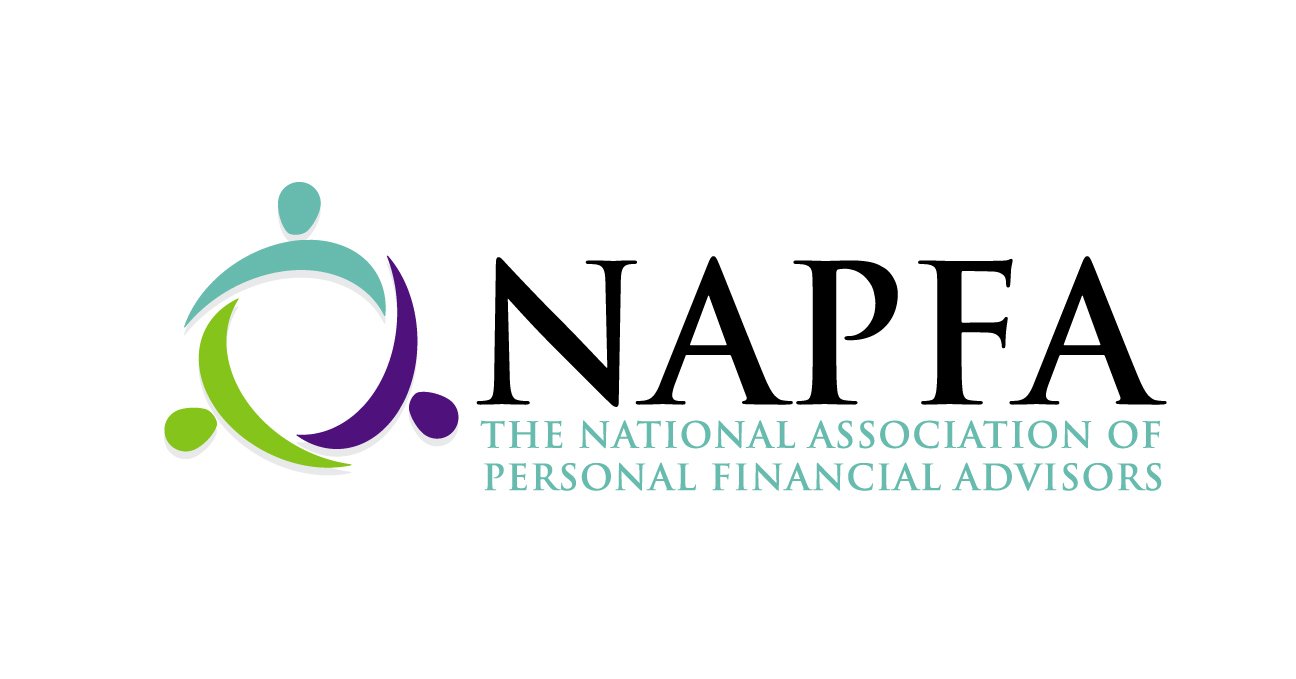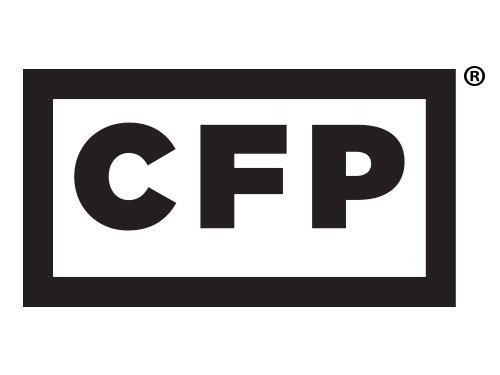Mistake #1: Not Understanding How 529 Plans Owned by Grandparents Affect the FAFSA
529 plans owned by grandparents are counted differently on the FAFSA (Free Application for Federal Student Aid) than 529 plans owned by parents. This difference can directly affect how much need based financial aid your child qualifies for. Any distribution from a 529 plan owned by grandparents gets counted as untaxed income to the student and could reduce the student’s financial aid by as much as 50%. Whereas a 529 plan owned by parents gets counted as an asset and has minimum impact on eligibility for need based financial aid. According to SavingforCollege.com, “As the custodial parent of a dependent student, your non-retirement investment assets are assessed at a maximum 5.64% rate in determining your child's Expected Family Contribution (EFC). Any 529 accounts under your ownership are counted as parent assets for this purpose.” Whereas a distribution from a grandparent owned 529, could reduce the student’s financial aid by as much as 50%.
Two Possible Workarounds:
Rather than having grandparents open their own 529 plans, you can ask that they contribute to the parent-owned 529 account instead—ideally on a regular basis.
Grandparents can wait and pay for expenses from their 529 starting second semester sophomore year through senior year (2.5 years of a 4-year degree) without affecting financial aid eligibility as long as the student plans to graduate in four years. This is because the FAFSA uses “prior-prior” year for income and tax information. See more info at MEFA.org.
Mistake #2: Assume You Won’t Qualify for Any Aid:
Some colleges are awarding need based aid to families with incomes of $200,000 or more especially if they have more than one child in school at the same time. Thus, it pays to fill out the FAFSA even if you aren’t sure you’ll qualify for aid.
Mistake #3: Not Understanding How Retirement Fund Withdrawals Affect the FAFSA
If you plan to tap your IRA to pay for college expenses, make sure you understand how this could affect your child’s potential aid. The value of your retirement accounts (401k, Roth and traditional IRAs) are not counted in determining your “expected family contribution” but withdrawals from these accounts are and they can reduce potential aid by as much as 50% of the withdrawal each year. And although both traditional and Roth IRAs allow you to withdraw money for qualified higher education expenses before age 59.5 without incurring the 10 percent early withdrawal penalty, the entire amount of the withdrawal will count as untaxed income on the FAFSA. And as much as 50% can be considered to be available funds to pay for college.
Mistake #4: Not Understanding how UGMA / UTMA Accounts Affect the FAFSA
Custodial accounts held by the parents of a student (UGMA / UTMA Accounts) get counted as a student asset and can reduce student aid by as much as 20% of the account balance each year.
Mistake #5: Missing out on Tax Deductions
Those of us in Massachusetts are able to deduct up to $1,000 in contributions to the Massachusetts Educational Financing Authority (MEFA) U.Fund 529 plan from state income tax through the 2021 tax year, when the deduction is scheduled to expire. And married couples filing jointly can deduct up to $2,000. MEFA’s U.Fund, the Massachusetts 529 college savings plan is managed by Fidelity Investments and the plan received a Silver rating (Gold is the highest rating) from Morningstar as of Oct 22, 2019.
Mistake #6: Missing Out on Tax Free Growth
Proceeds from a 529 plan compound and can be withdrawn tax-free if used for college expenses. If you were to save in a regular savings or brokerage account, you could needlessly be taxed on interest, dividends and capital gains.
Mistake #7: Managing Your Retirement and College Savings Together
For most families, colleges expenses are coming a lot sooner than retirement expenses. The way you invest your retirement savings, which is most likely further in the future, might not be appropriate for college savings. For example, if you have 6 more years until your child goes to college and 20 years until you retire, you can afford to take more market risk with your retirement savings than you could with your college savings which have a shorter time horizon. You might be comfortable with an 80% stock and 20% bond asset allocation and its associated risk for your retirement assets given that retirement is 20 years away but an 80% stock and 20% bond asset allocation and its associated risk is not appropriate for a shorter-term goal. With a shorter-term goal, you have less time for the market to recover after a downturn. Thus, a higher allocation to bonds, which are the stability portion of your portfolio, makes sense for a shorter-term goal.
The Massachusetts’ U.Fund 529 college savings plan manages the asset allocation automatically for you if you choose an age-based option. An age-based fund, similar to a target-date retirement fund, works by gradually becoming more conservative as the college start date draws closer. The fund manager takes care of this gradual shift in the asset allocation, between stocks and bonds, so that you don’t have to worry about it. It is truly set it and forget it especially if you automate your contributions each month.
Mistake #7: Not Contributing to a 529 Because You Think Your Child Will Get a scholarship
If your child happens to get a full scholarship, you can withdraw up to the scholarship amount from your 529 without having to pay the 10% penalty but you will still owe taxes on the earnings.
Beyond tuition, qualified expenses that a 529 can be used for include required fees, books, room, board (for students attending at least part time), and required supplies and equipment at a college or university.
Mistake #8: Paying Too Much in Investment Fees and Expenses
Not all 529 plans are the same when it comes to costs. Make sure your 529 plan offers low cost options like target date index fund. High investment fees and expenses eat into returns over the long-term and will leave you with less money for college. Index funds tend to have lower expenses than actively managed funds.
Mistake #9: Missing out on the American Opportunity Tax Credit (AOTC)
According to SavingForCollege.com, “the American Opportunity Tax Credit (AOTC) provides $2,500 in partially refundable federal income tax credits based on $4,000 in tuition and textbook expenses. The AOTC is worth more per dollar of tuition and textbook expenses than a tax-free distribution from a 529 plan.”
This means that before using any 529 funds, make sure you use cash or loans to pay for $4,000 worth of tuition and textbook expenses in order to qualify for the maximum AOTC before using your 529 plan to cover any remaining costs. Note that this credit is phased out at certain income levels.
Mistake #10: “Early and Often”
Lastly, the number one mistake when it comes to saving for your child’s college education is not starting early enough and not automating it. Having your contributions automatically deducted from your checking account each month and invested into a 529 is a great way to automate a college savings program so that you’ll never miss out on the potential for tax-free earnings growth while taking advantage of dollar-cost averaging into the market over time.
Investing involves substantial risk and has the potential for partial or complete loss of funds invested. Investments mentioned may not be suitable for all investors. Before investing in any investment product, potential investors should consult their financial advisor, tax advisor, accountant, or attorney with regard to their specific situation.



